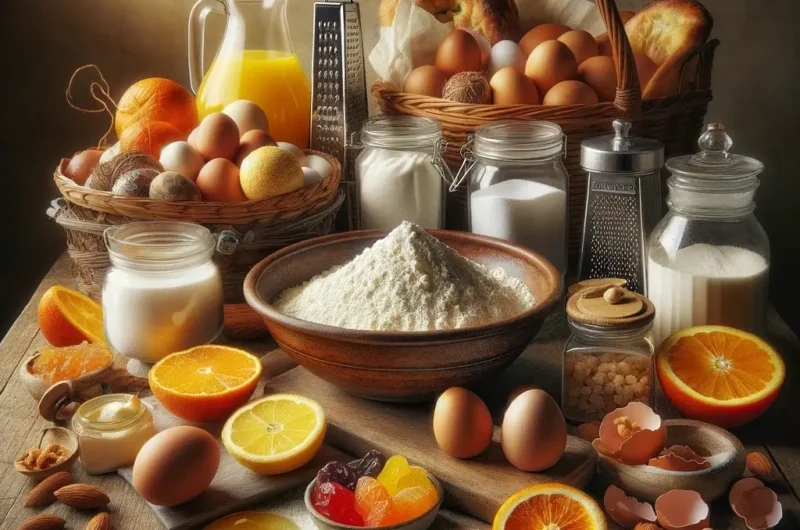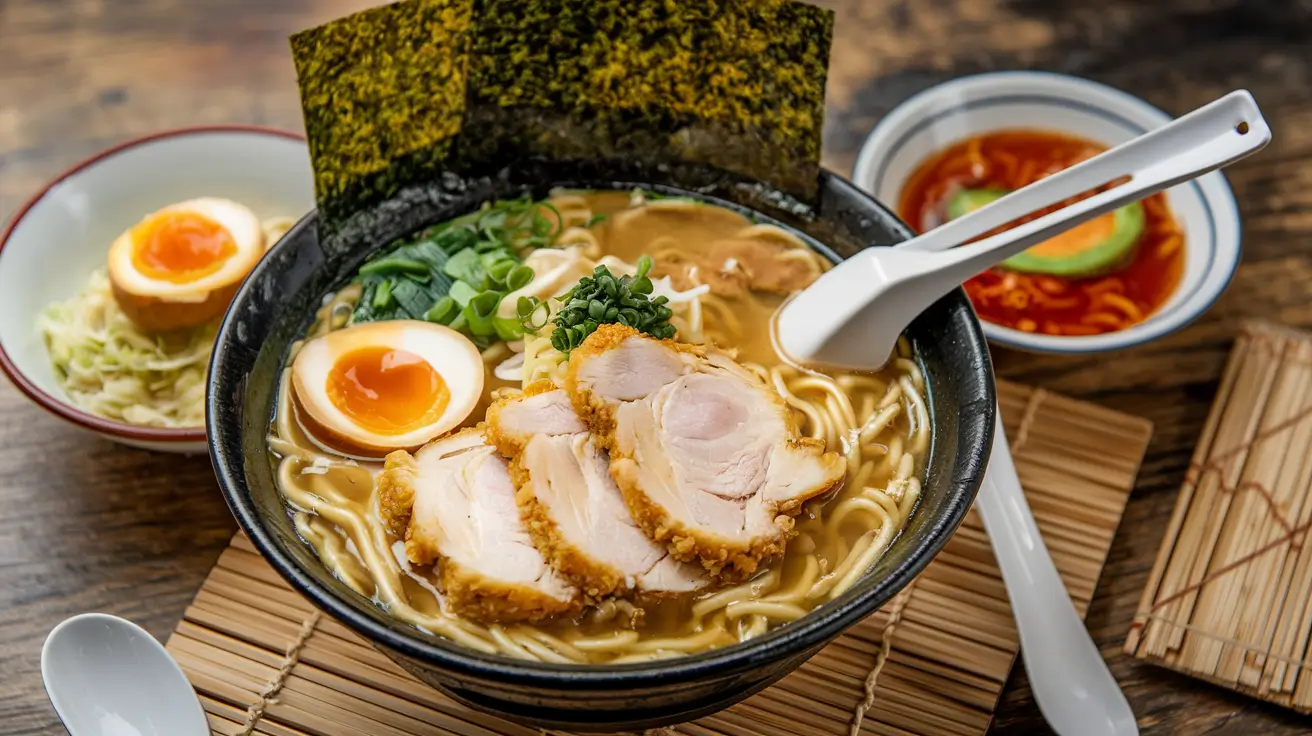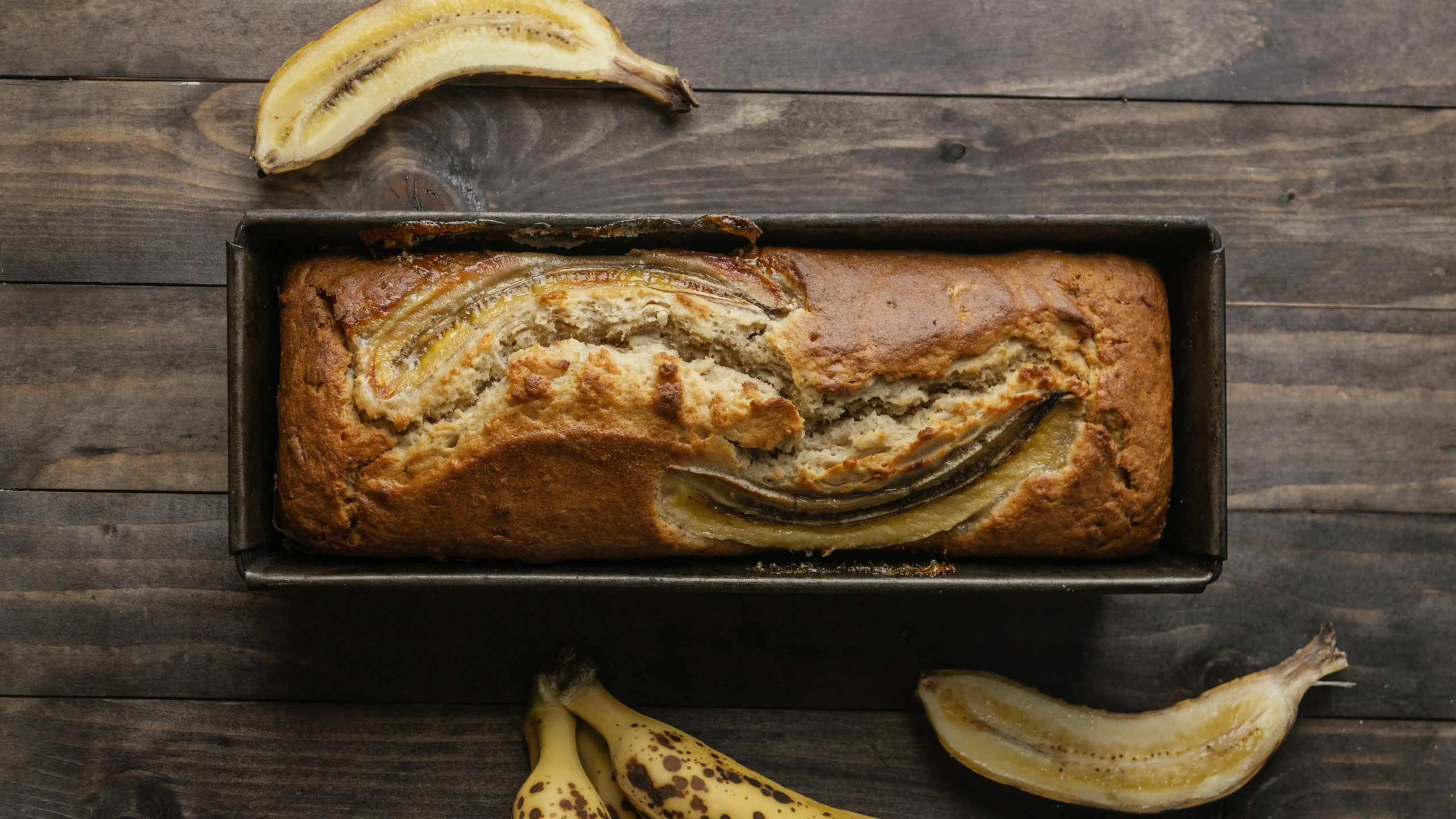Italian Easter Desserts: A Celebration of Flavor and Tradition

Easter in Italy is a lively festival that echoes the rich tapestry of history and culinary tradition for which this country is famous. It is a time when families come together, churches are packed with worshippers, and tables groan under the weight of countless dishes manifesting intergenerational love as well as expertise. However, it is important to note that desserts are crucial during these celebrations. As such, Italian Easter desserts are not just treats; they are stories of history, culture and collective memories that have been woven into the very fabric of Italian life. Each region from sun-drenched Amalfi Coast to rugged Sicily has its own unique Easter specialty. Nevertheless, certain celebrated desserts like Pastiera Napoletana, Colomba Pasquale and sumptuous Ciambellone are adored all over the country because they symbolize the meaning of Italian Easter.
These delicacies are made by blending various ingredients that have evolved over centuries in an effort to make them perfect. They evoke the spirit of spring with elements such as citrus fruits, almonds and grains which blend together into symphony of tastes. The process involved in making these foods may take up to several days beginning much before: there are some intricate procedures that have been handed down through generation after generation. This combination often results into mouth-watering products whose taste no one can explain apart from their makers’ signature way of doing things.
This journey through Italy’s gastronomic past offers a sensory experience that begins with preparations for all kinds of meals including these delicious edibles. Every mouthful tells a story be it about ancient roman banquets or influence of Bourbon Kingdom on Naples or even simple pleasures from rural Italy life style.it allows you to enjoy more than excellent taste but also remember where we came from while finding new ways to indulge ourselves.
italian easter desserts recipe
30
minutes1
hour300
kcalThe quintessence of Italian Easter desserts lies in their ingredients. Here’s a basic list to prepare a traditional Easter dessert, though specific recipes may call for variations:
Ingredients
Flour: The foundation for cakes and pastries.
Sugar: For sweetness and texture.
Eggs: Essential for binding and richness.
Ricotta Cheese: A staple in many Italian desserts for its creamy texture.
Citrus Fruits: Lemon and orange zest are commonly used for a refreshing flavor.
Yeast or Baking Powder: For leavening, essential in airy and light desserts.
Candied Fruits: Often added for sweetness and decoration.
Almonds and Nuts: For crunch and flavor.
Spices: Such as cinnamon and vanilla, for aroma and depth.
Directions
- Preparation: Begin by gathering all your ingredients. This ensures a smooth workflow without interruptions.
- Mixing: Combine the dry and wet ingredients in separate bowls before merging them. This technique ensures even distribution of flavors.
- Leavening: Allow the dough or batter to rest if the recipe calls for yeast, ensuring a light and fluffy texture.
- Baking: Preheat your oven to the correct temperature for even cooking. Bake as per the recipe’s instructions, checking towards the end to avoid over-baking.
- Cooling and Decorating: Let the dessert cool completely before adding any icing or decorations. This is the perfect time to express creativity.
Notes
- .
Varieties and Toppings
Italian Easter desserts can be altered in numerous ways or topped differently according to individual preferences since they are pretty versatile. It is, for example, possible to make Pastiera Napoletana with different cheese types or add chocolate chips as well. For instance, the Colomba Pasquale can be made into a unique dessert through various glazes and fillings such as lemon curd or a pistachio cream.
The topping of these desserts goes a long way in determining both how they look and taste. A simple dusting of icing sugar can elevate an ordinary dessert while others would just melt under chocolates drizzled on them not forgetting the crunchy texture from the nuts that may come along. Fresh fruit toppings are also popular choices along with whipped cream and mascarpone cheese which bring lightness and richness to the desserts respectively. By exploring these variations and toppings, you get to personalize each dish while still staying loyal to its Italian origins.
Serving Ideas for Italian Easter Desserts
Italian Easter desserts should be served in such a way that it enhances overall dining experience because it is more than just serving food. Presentation is like everything else; an elaborate table set with vintage chinaware, polished cutlery sets, flowery glasses enhances any occasion especially when accompanied by stunning sweets as these ones. Let’s say it could be better if one used Pastiera Napoletana or Colomba Pasquale at the center of your table then accompany it with smaller sweet bites perhaps dipped chocolate almonds biscuits and lemony ricotta pastries among others.
This will help you enjoy their taste even more once you know which drink matches them best: sweet Moscato wine pairs very well with rich desserts; strong espresso complements their sweetness offering a good contrast
Conclusion
Italian Easter desserts are much more than just the culmination of a meal; they are a celebration of history, culture, and the enduring bonds of family and friendship. These desserts invite us into the heart of Italian culinary tradition, offering a taste of the past while inspiring future generations to keep these traditions alive. Whether you are a seasoned baker or a novice in the kitchen, the journey of creating these desserts is one of joy, discovery, and connection. As you mix, bake, and decorate, you become part of a story that spans centuries, a story that is continuously enriched by each person who partakes in these timeless traditions. In celebrating Easter with these Italian desserts, we embrace the beauty of tradition, the joy of sharing, and the eternal promise of renewal.










